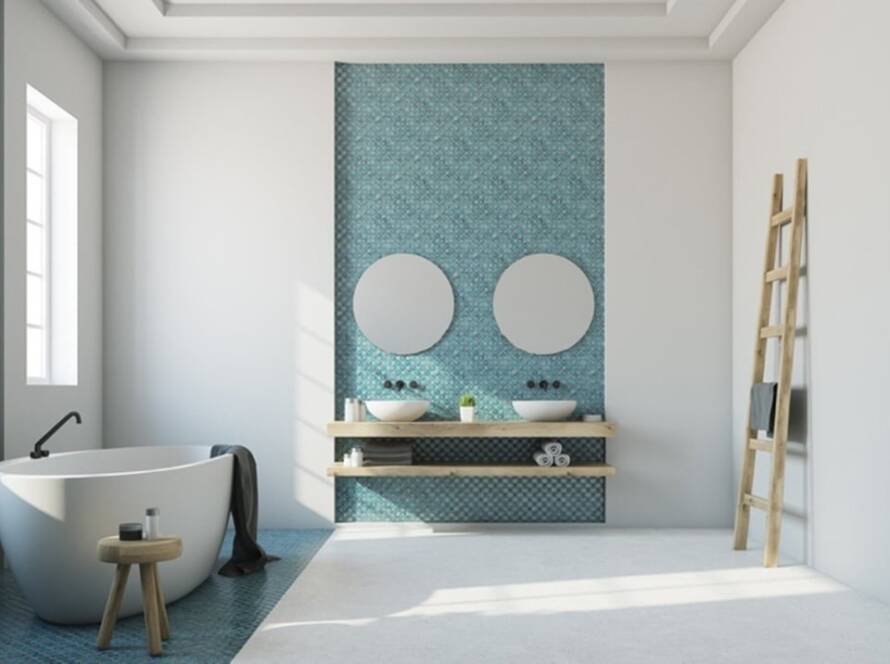[vc_row][vc_column][vc_column_text]When remodeling your bathroom, it’s important address any hidden issues lurking behind your walls to save you money and prevent future problems. This will ensure that your home will be up to code, address any underlying issues that you may have and give you peace of mind knowing your house has solid “bones”.
With over 10,000 remodels, we’ve seen our share of hidden creepers in the bathroom including mold, termites, water damage, lead pipes, asbestos, and even the miscellaneous hidden artifacts that are a blast from the past.
Catch the “mold” creeper in your shower before it haunts you…[/vc_column_text][vc_video link=”https://youtu.be/GrBUQSzJrTo” align=”center”][vc_column_text]What’s lurking behind your walls?[/vc_column_text][vc_column_text]
Plumbing Issues
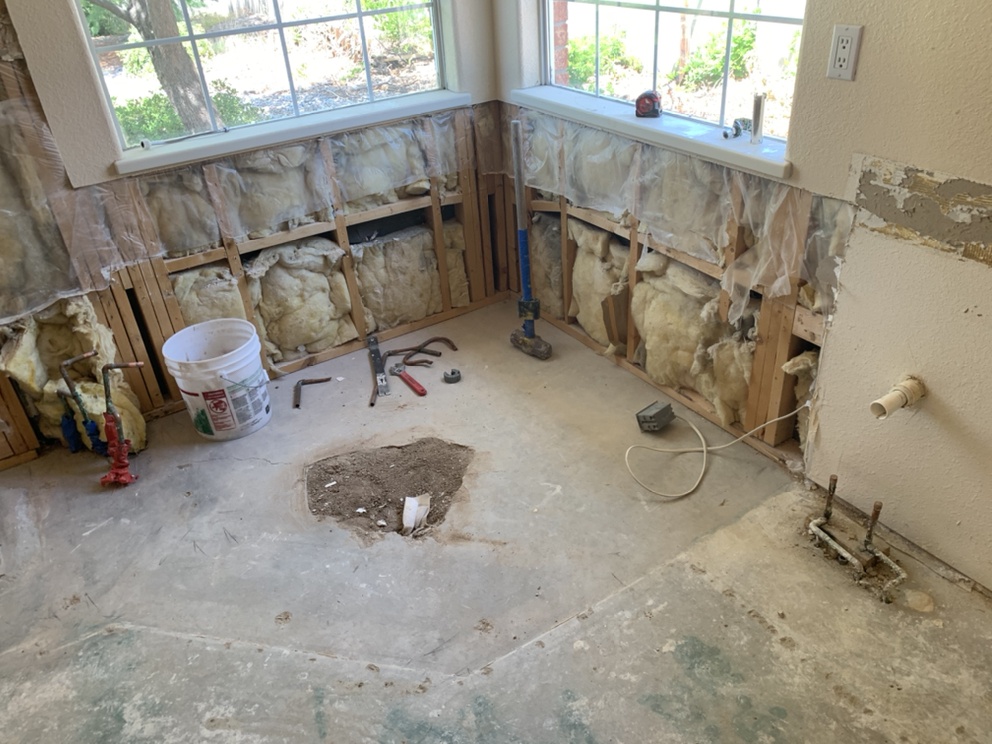
The biggest issues we see around plumbing are leaking pipes. The damage due to a leak could cause the following problems: water damage to the framing, which can cause structural issues; added moisture to your bathroom that can lead to mold spores; and a leak left uncheck can cause rusty pipes. At times our team will run into deteriorating pipes—sometimes they rattle, sometimes they rust and other times they rot!
Once you discover a leak, it’s important to assess the damage and address it. This will assure that the extent of the damage does not cost you more money. During your remodel, it may be time to update your plumbing to today’s standards. Be sure to work with a professional to properly correct any issues your home may have.[/vc_column_text][vc_column_text]
Electrical Issues
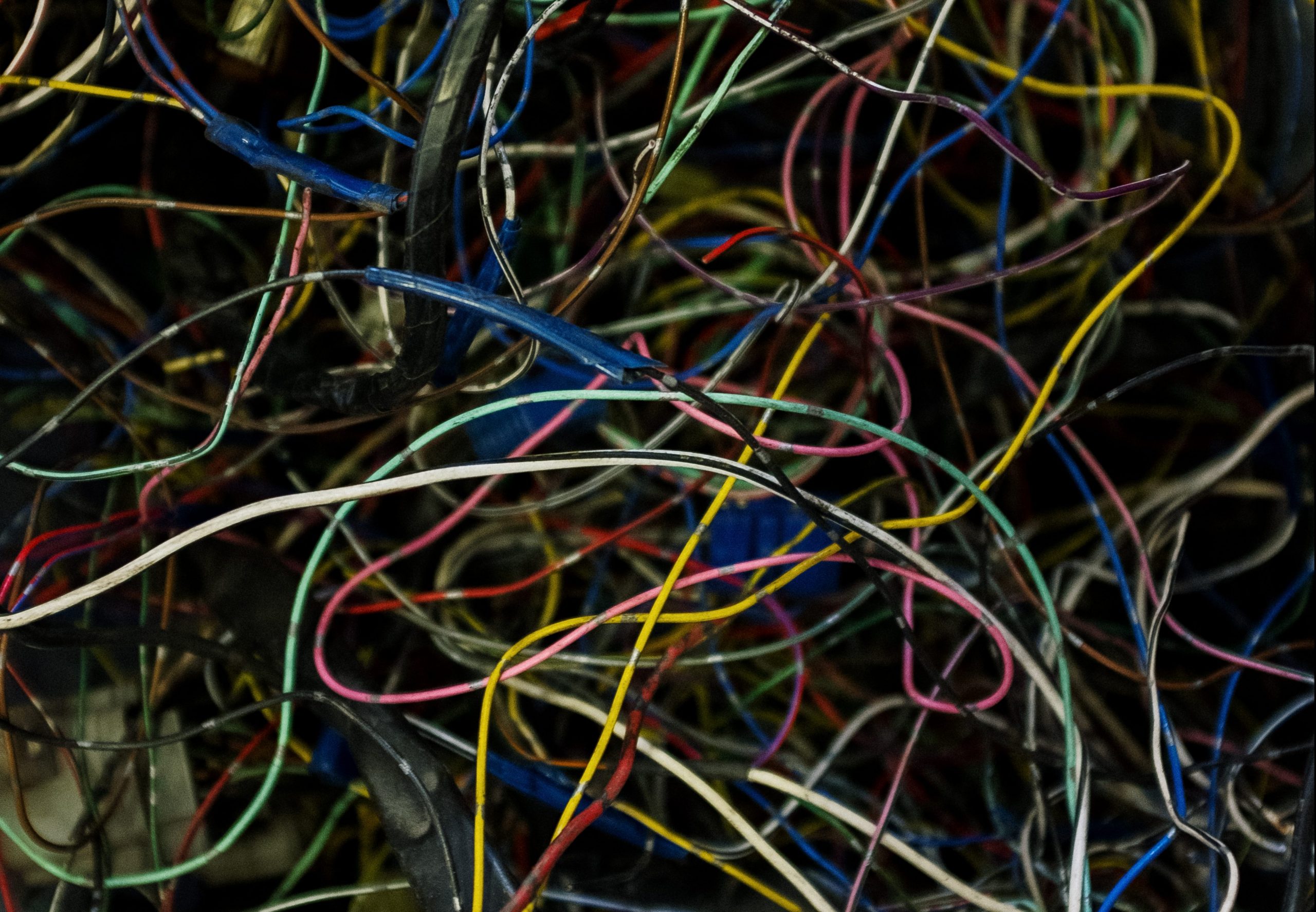
We are shocked to find how many homes have faulty wiring in them—causing a major fire hazard. Our team also comes across extension cords behind the walls, old wiring, and outlets that are not GFCI protected, protecting your home from a power surge and electrocution. Cutting corners on a DIY job can come back to “ZAP” you.
To protect your home from getting short-circuited, be sure to follow safe electrical practices. When doing a remodel, this is a perfect opportunity to get your electrical up to code and give you the peace of mind that your home and family are safe.[/vc_column_text][vc_column_text]
Foundation Issues
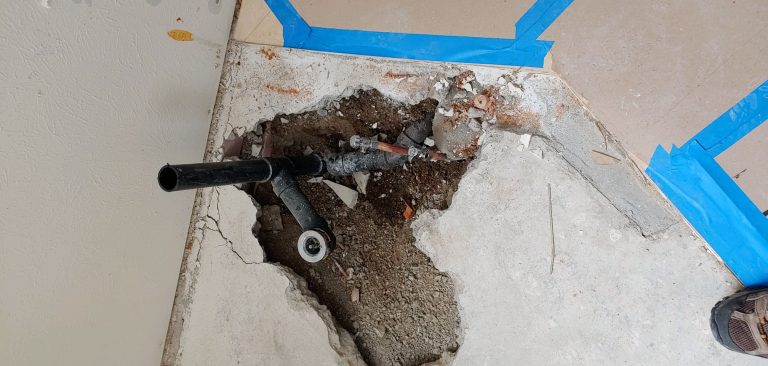
The foundation of your home is integral, keeping your home’s structure upright—especially when natural disasters may come. A common issue our team encounters is plumbing that is encased in concrete, which is due to poor construction. The plumbing should be easily accessible and ready for changes—not covered in a dead pool of concrete! This is truly a “hidden” cost of remodeling, since the homeowner or remodeler will not know of the issue until the shower pan or bathtub is removed. To fix this, the concrete will need to be broken apart so plumbing can be adjust for your new design, get your plumbing up to code, and as good practice, to replace the pea trap.[/vc_column_text][vc_column_text]
Another common issue we’ll run into is a cracked foundation or a foundation that isn’t level. This happens from the home settling into the ground over time. To fix this issue, we will level the foundation before adding new flooring, see example in video above.[/vc_column_text][vc_column_text]
Mold Damage
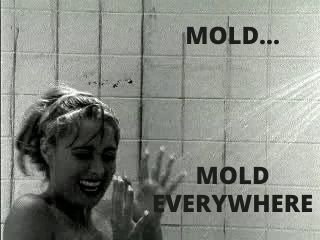
Mold is a type of fungus that can grow anywhere in the home, but usually lives in the bathroom. The moist, dark environment is a perfect breeding ground for mold spores. If you find that you have mold behind the walls of your shower, it is important to remove it. This is one of the more expensive problems to find during your remodel, but the structure of your home will benefit from it.
A few ways prevent mold growth in your bathroom are to always use the exhaust fan when taking a shower, add light to your shower space (mold cannot survive in the light), and clean frequently since mildew will turn into mold if left untreated
When it comes time to remodel, be sure that you use a non-porous backerboard and a wall surround that is groutless, like our line of Re-Bath Durabath™ and Natural Stone which is naturally mold and mildew resistant.[/vc_column_text][vc_column_text]
Lead
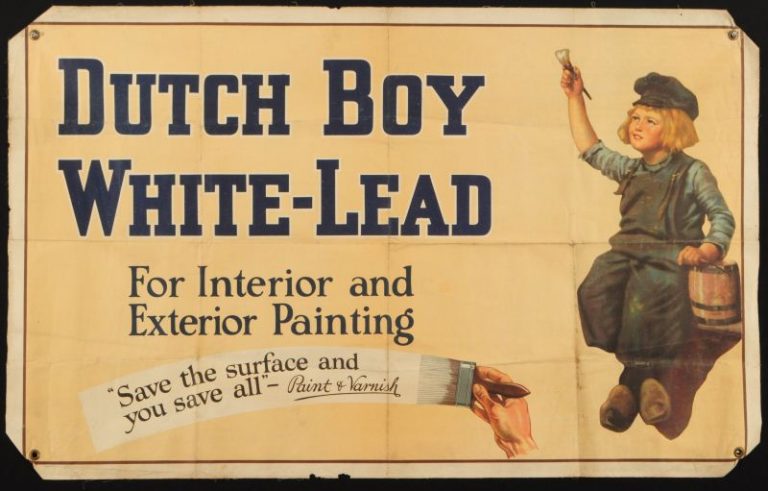
Lead is a heavy metal that is toxic. It was added to painting products and is commonly seen in homes prior to 1978. As long as the lead is not disturbed, via sanding, scraping, burning, brushing, blasting, etc., then it won’t be harmful. This becomes especially problematic during a remodel, where a wall removal may part of the new design.
For each of our customers, their Project Coordinator will go to their home and test for lead. We are certified in lead-safe practices and know how to correctly remodel when lead is involved. In New Mexico it is not a common issue since our state did not use lead-based paint like many of the other states in the US.[/vc_column_text][vc_column_text]
Asbestos
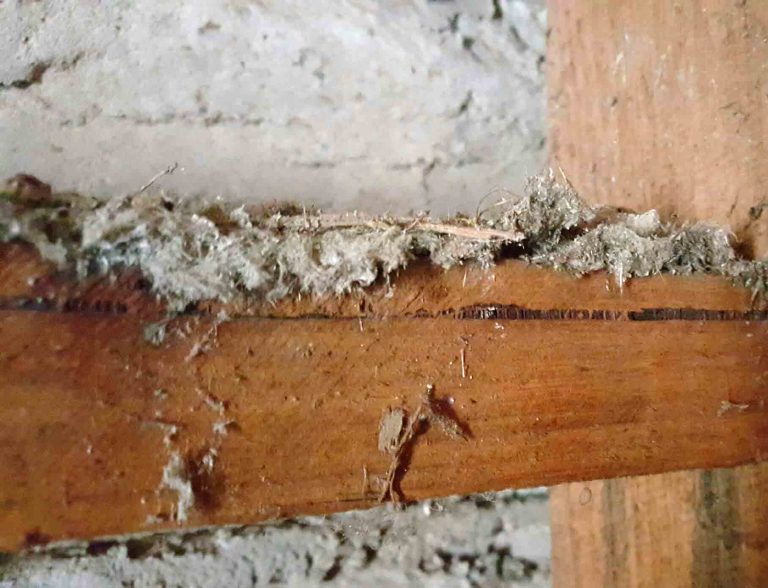
Asbestos is a group of fibrous minerals that help strengthen and fireproof materials¹. In the early 19th century it was commonly used in insulation, plaster, paint, and tile flooring. It causes a number of health problems but primarily Mesothelioma, which is cancer in the lungs. Unfortunately, asbestos is not banned in the United States, but there are strict regulations on where it can be used.
If your home was built prior to 1978, it’s important to use a professional for your remodel. Like lead, asbestos is harmless when it is undisturbed. However, that’s nearly impossible to do during a remodel, and a professional will follow the safe practices to properly abate asbestos when doing home construction.[/vc_column_text][vc_column_text]
Bug Infestations
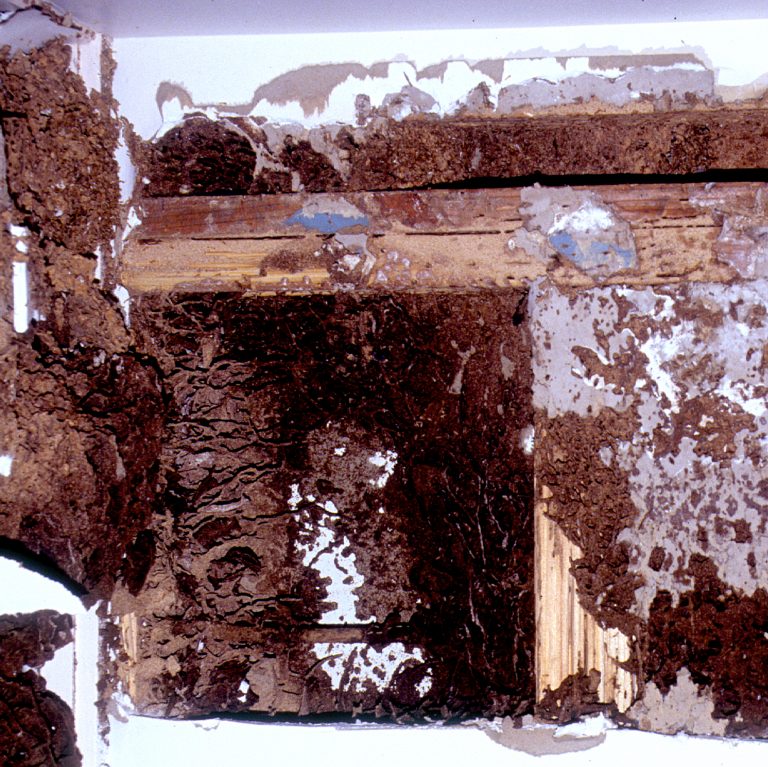
Many homeowners don’t know they have a bug problem until they see what’s been crawling behind their walls. Pests, including termites, are especially harmful to the framing of your home. If you find damage to the wood and studs, it’s important to take care of the issue immediately.
You may not know this, but termites will typically already have a nest in the ground before you build your home. Once the house is there, they’ll move in and live inside the walls and start chowing down the wood. This can lead to structural problems, including the area of concern just disintegrating.
The professionals at Poulin Design Center will recognize this problem and help you address this if your home has an infestation.[/vc_column_text][vc_column_text]
Hidden and Usual Treasures
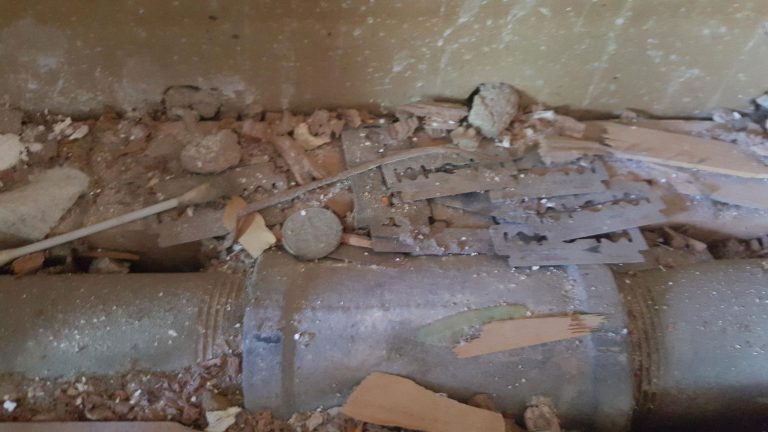
Critters and rust aren’t the only things hiding inside your bathroom walls—sometimes there’s trash or treasure, other times relics from the past. In homes built before 1950, it was common to have a medicine cabinet that had a slot to deposit razor blades, see picture above.
Other fun artifacts they have been reported are: recipes, wallets, beer, cash and a favorite being a newspaper, taking them back to an era when a car was more affordable![/vc_column_text][vc_column_text]
R.I.P Remodeling Nightmares
Remodeling your home can come with unexpected costs, so be sure to budget for those costs before you remodel. And now that you know the scary monsters that could be hiding behind your walls, be sure to take charge of your home and keep it in a good state of health—no mold, water leaks, lead, critters or anything else of that could be lurking.
Hidden issues will eventually show themselves, so finding them out before they become a costly repair will save you time and money in the long run. Just remember not blame the remodeler for the haunted issues your home has been facing for years—your remodeler will fight to remove all the spooks and scares your house has been assaulted with in silence.[/vc_column_text][/vc_column][/vc_row]



